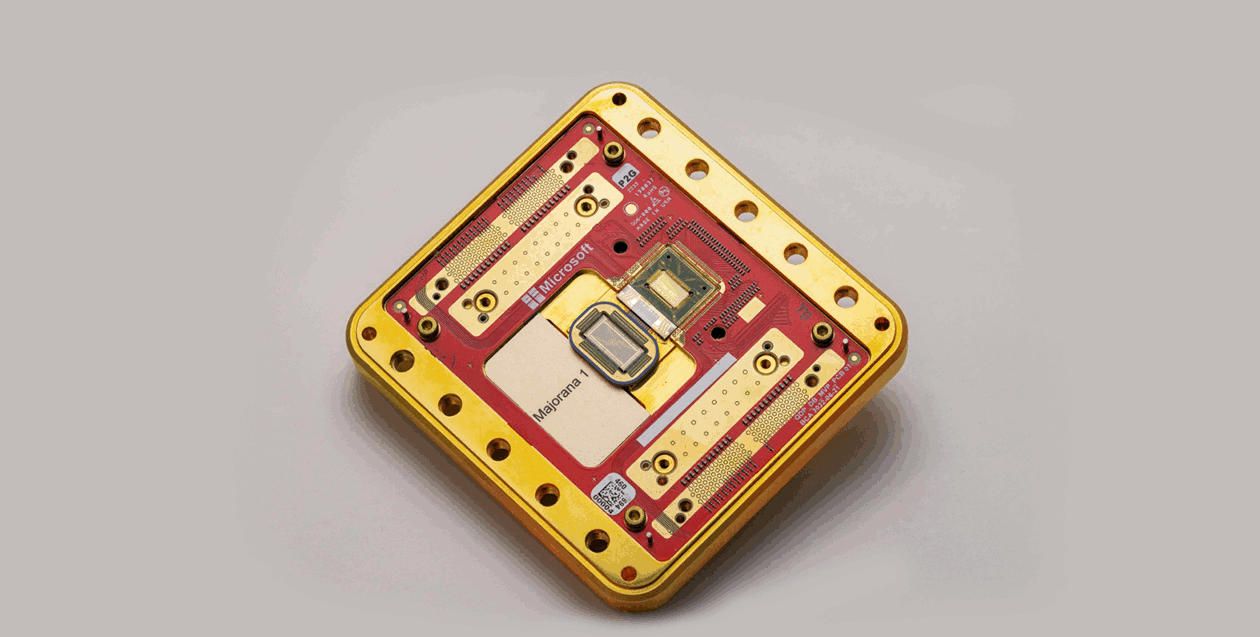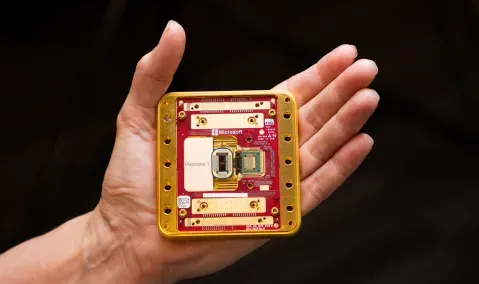Recently, Microsoft unveiled a groundbreaking achievement in quantum computing with the introduction of Majorana 1, the first-ever quantum processor based on topological qubits.
What makes this milestone particularly fascinating is that it is the culmination of over 17 years of research focused on developing new materials and architectures for quantum computing.

According to details shared by Microsoft in its introductory YouTube video, unlike traditional qubits, which are highly susceptible to external interference, Majorana 1 utilizes Majorana fermions—particles first theorized in 1937 by physicist Ettore Majorana and experimentally confirmed in 2012. These particles are unique because they act as their own antiparticles and combine semiconductor and superconductor properties, making them more error-resistant.
As part of this project, Microsoft developed the “world’s first topological superconductor,” a novel material capable of detecting and manipulating Majorana particles to create more stable qubits. The current version of the Majorana 1 chip contains eight topological qubits, but Microsoft plans to scale this technology to accommodate one million qubits on a single chip. Impressive, isn’t it?

With such a powerful processor, highly accurate simulations will become possible, driving advancements in fields like medicine, material science, and our understanding of the natural world. Microsoft even claims that this research marks the dawn of a new era in computing. “The unique combination of properties and features of our new material allowed us to create a new type of qubit and, ultimately, our entire architecture,” stated Microsoft.
Read Also: Mozilla Extends Support for Windows 7 and 8.1 Until September 2025
Will this technology further propel the field of quantum computing? Undoubtedly, it’s an exciting development, especially considering Microsoft’s 17-year journey in refining this innovation.
What are your thoughts? Share your opinions in the comments below.
Via: The Verge






